On Wednesday, September 4, the tide was falling as we began our outing. So, we took our caravan down Water Street to Joppa Park, where from the boat ramp we could view the flats as they were revealed. There was a good variety of shorebirds and gulls visible from there, and hundreds if not thousands more shorebirds way out toward Plum Island. There are definite areas on the flats that attract particular species such as Black-bellied Plovers, which prefer the outer edges. We saw Greater Yellowlegs patrolling the shallows in the pool that forms close to shore, and a large contingent of Bonaparte’s Gulls in the water near the upstream edges of the flats. Oh, how we wish we could be transported to the inaccessible far edges to seek the rarities we know must be there beyond our scopes’ reach!
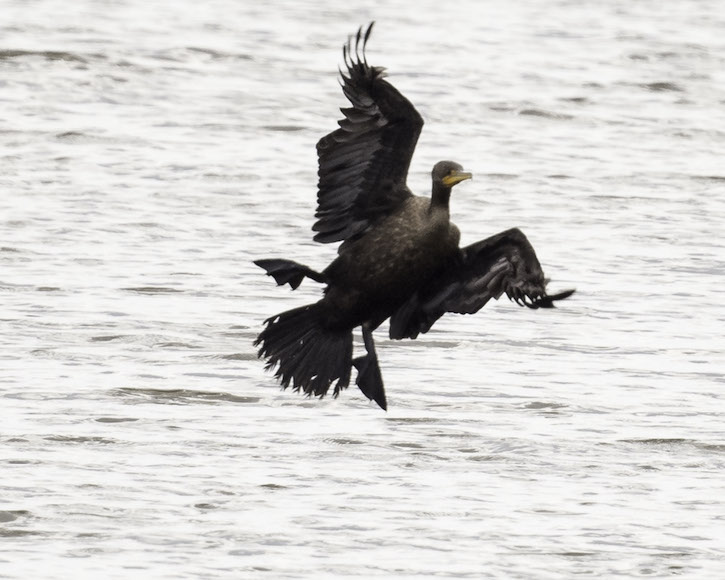
MaryMargaret Halsey kindly sent us texts telling of unusual birds at parking lot # 7 on the Parker River National Wildlife Refuge, so we made the long trek down Plum Island with little stopping. It was nice to see the beginning of the winter waterbird crowd with a Common Loon and a couple of Common Eiders, but the rarer species had moved on. The South Marsh area near Stage Island was dotted with Great Egrets, which are done with nesting and dispersed throughout the Great Marsh. The roost that has been seen at Bill Forward Pool in past years is not forming this year, but lots of birds are being seen at Stage Island Pool and at Perkins Park in town. I am told that if you go to the ball field on Beacon Avenue at dusk, you can see egrets arrive, and up to two dozen night-herons leaving for their evening meal.
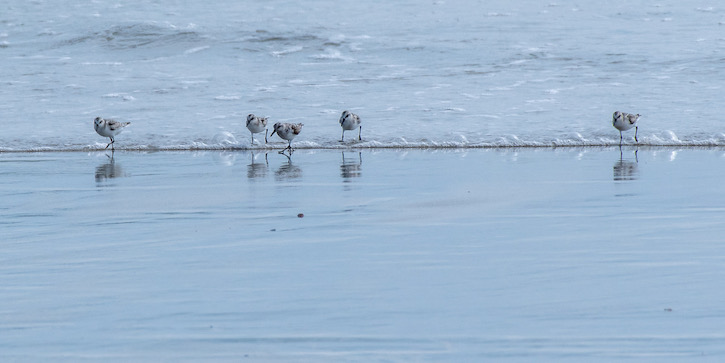
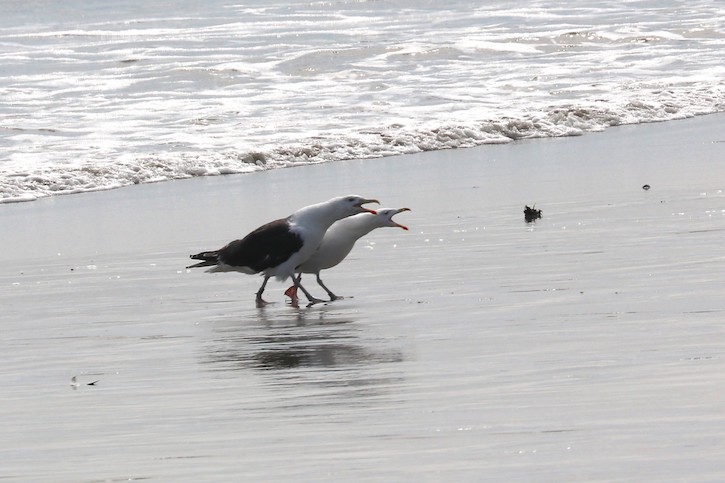
Our next stop was on Hellcat Dike, where despite the tide there were lots of shorebirds and waterfowl to sift through. A nice moment was when a Blue-winged Teal dashed across the dike into Bill Forward Pool, with baby-blue wing-coverts flashing. The male American Avocet that has been at Bill Forward Pool for some time foraged near the point on the west side of the pool. Dowitchers were assumed to be Short-billed, and none proved otherwise. Lesser Yellowlegs sat contrasting with Greater Yellowlegs at some points. Gene Dogget spied a suspicious plover way down on the dry parts of the flats near the south end of Bill Forward Pool, and we started feeling optimistic that it was an American Golden-Plover – until it flew and displayed black axillaries (wing-pits).
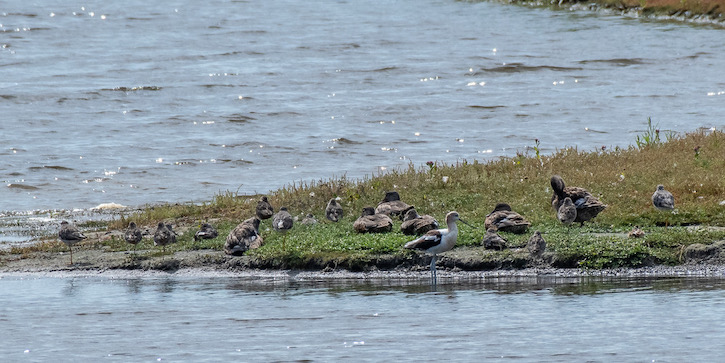
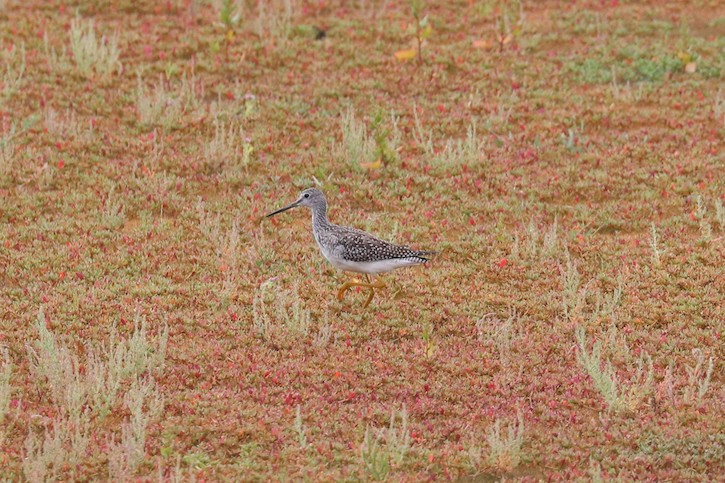
So it is in late-summer/fall migration, depending on tides and who comes through when. It will be nice to see if we can hear Long-billed Dowitchers talking to each other, or spy a dry-footed shorebird of some sort next week, when we will once again enjoy the long southward migration period in the Great Marsh.
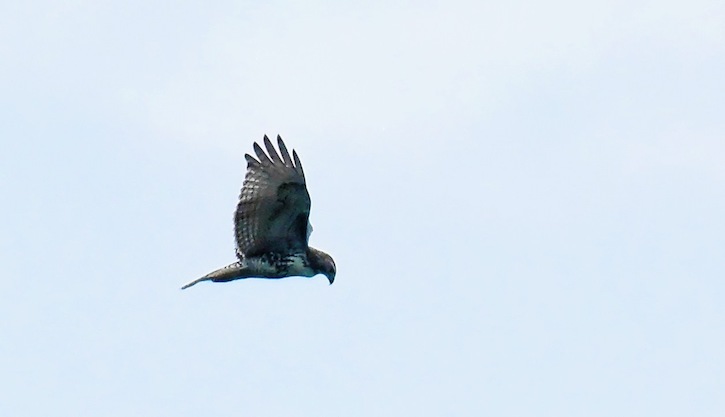
Joppa Park —
Black-bellied Plover (~ 50)
Semipalmated Plover – common.
Greater Yellowlegs – common.
Semipalmated Sandpiper – common.
Least Sandpiper (1)
Short-billed Dowitcher (~ 12)
Bonaparte’s Gull (~ 50)
Ring-billed Gull (~ 30)
Herring Gull (~ 25)
Rock Pigeon
Plum Island —
Canada Goose (~ 35) – Bill Forward Pool (BFP).
Gadwall (5) – continuing hen with 3 young; 1, North Pool from Hellcat dike.
Mallard – many; BFP.
Blue-winged Teal (3) – BFP.
Green-winged Teal (4) – BFP.
Common Eider (2) – Emerson Rocks.
Common Loon (1) – seven ocean.
Double-crested Cormorant – common.
Great Blue Heron (2) – 1, marsh n. Main Panne; 1, North Pool from Hellcat dike.
Great Egret (~ 15) – various, throughout marsh.
Osprey (3) – 1, Pines Trail pole.
Red-tailed Hawk (1) – kiting just east of BFP.
[Red-tailed Hawk (1) – atop utility pole, Plum Island Turnpike.]
American Avocet (1) – BFP.
Black-bellied Plover (1) – BFP.
Semipalmated Plover – common; BFP.
Greater Yellowlegs – common; BFP & North Pool from Hellcat dike.
Lesser Yellowlegs (5) – North Pool from Hellcat dike.
Sanderling (~ 20) – seven beach.
Semipalmated Sandpiper (~ 20) – BFP.
White-rumped Sandpiper (1) – BFP.
Short-billed Dowitcher (~ 25) – BFP & North Pool from Hellcat dike.
Ring-billed Gull (5) – seven beach.
Herring Gull (2) – seven beach.
Great Black-backed Gull (5) – seven beach.
Rock Pigeon
Mourning Dove (~ 10) – n. refuge gate house.
Eastern Kingbird (1)
Tree Swallow (1,000s)
Barn Swallow (1)
Gray Catbird (3) – roadside.
Northern Mockingbird (1) – seven boardwalk.
Brown Thrasher (1) – seven boardwalk.
European Starling – not the usual numbers.
Cedar Waxwing (3) – vicinity of lot #7.
Song Sparrow (~ 5) – roadside.
House Finch (4) – lot #7.

